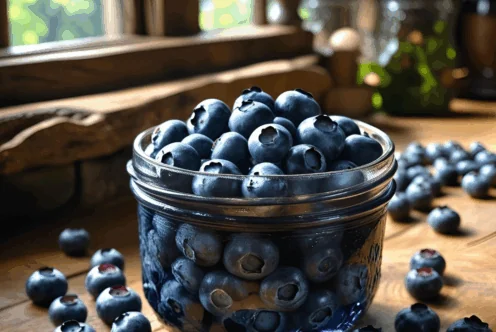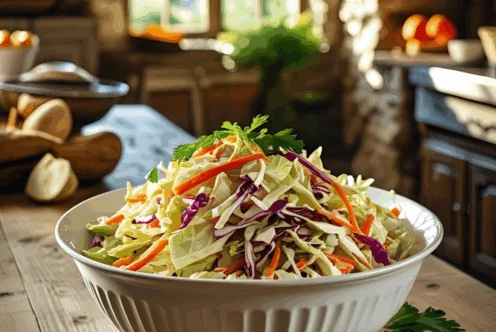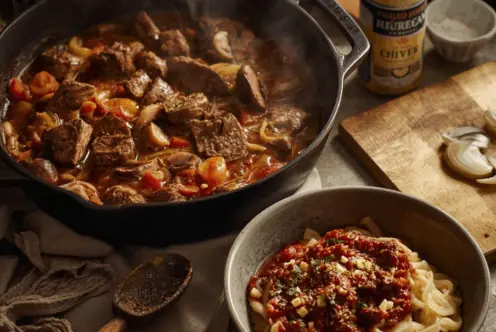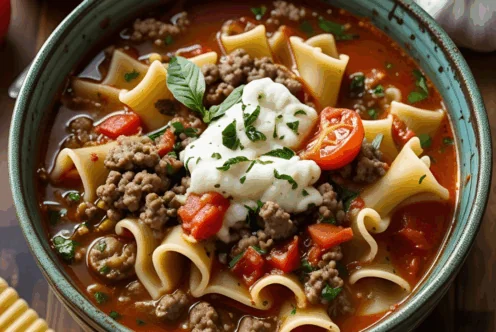Blog
Beef 101 – The Differences Between Grades of Beef

When walking through the meat section of the grocery store, you’ve probably noticed the little shield symbols on the packages of meat that say something like “USDA Prime” or “USDA Choice.” Many of us recognize that these labels signify the quality grade of the meat, but there’s often confusion about what each label really means and how they are determined. Understanding these grades can enhance your cooking and dining experience, allowing you to make informed choices.
Introduction to Beef Grading
According to the USDA’s website, there are a total of 8 grades given to beef. The grading system is based primarily on the amount of fat marbling, which refers to the visible streaks of fat within the muscle. This marbling contributes immensely to the tenderness, juiciness, and flavor of the meat. Below, we’ll delve into each grade, exploring the characteristics that distinguish them and offering tips on how to choose the best cuts for your meals.
The Top Grade: Prime
Prime beef is considered the pinnacle of quality. This grade comes from younger, well-fed cattle, resulting in a significant amount of marbling throughout the cut. Prime beef is renowned for its tenderness, juiciness, and rich flavor, making it a favorite among chefs and grilling enthusiasts.
Many fine dining establishments serve prime beef, and it is often available at specialty butcher shops. If you’re looking for a treat for a special occasion, prime beef is an excellent choice due to its superior quality. Cooking methods like dry roasting, grilling, and broiling bring out the best in this meat.
If you’re interested in sourcing prime beef, consider checking out suppliers that focus on quality. Many establishments like Certified Angus Beef ensure rigorous standards are maintained for their products.
Choice: The Everyday Favorite
While Choice beef is still high-quality, it has less marbling than prime beef. This means that while it is very tender and flavorful, it often comes at a more accessible price point. Choice beef is what you’re most likely to find in supermarkets and is a popular option for everyday meals.
This grade offers a good balance of quality, tenderness, and price, making it suitable for a variety of cooking methods, including roasting, grilling, and braising. Look for choice cuts if you’re planning a family BBQ or a weeknight dinner that requires a hearty dish without breaking the bank.
For more information on how to prepare choice cuts, check out America’s Beef Industry for recipes and cooking tips.
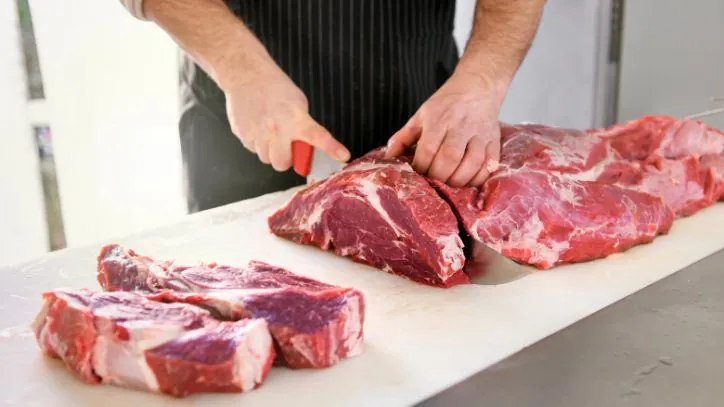
Select: Lean, Affordable Options
Select beef is leaner than both prime and choice cuts. Because of its lower fat content, it generally has less flavor and juiciness compared to its higher-graded counterparts. Nevertheless, select cuts are still quite popular and readily available at many grocery stores.
Select cuts can be great for those who are looking to reduce fat intake without sacrificing protein. When preparing select beef, consider using moisture-retaining cooking techniques such as stewing or marinating to enhance flavor. Adding sauces or spices can also help compensate for the leaner profile.
Standard and Commercial: Budget-Friendly Choices
Standard and commercial grades of beef are often labeled as ungraded or store-brand meat, typically offered at lower prices. These grades are also significantly lower in fat content, which means they lack much of the tenderness, flavor, and juiciness that make higher grades desirable.
If you’re on a tight budget and still want nutritious beef options, these grades can be ideal for ground beef or slow-cooked meals where additional flavor can be added through seasonings or sauces. Dishes like chili, beef stew, and casseroles are perfect for utilizing standard or commercial beef efficiently.
You can find tips for cooking these cuts through The Kitchn, which provides extensive recipes and guides to make the most of your meat selections.
Utility, Cutter, and Canner: For Specific Uses
The last three grades—Utility, Cutter, and Canner—are ones that you will rarely see sold in grocery stores as whole cuts. Generally, these grades represent the leanest beef and come from older cattle, resulting in tough, less flavorful meat. Due to this lack of fat content, cuts from these grades are usually designated for usage in ground beef, canned meats, or other processed meat products.
These lower grades are often used in bulk cooking settings, such as in schools or cafeterias, where flavor enhancement through seasoning can be easily accomplished. If you’re looking for methods to use these grades, think about incorporating them into recipes that can cook for longer periods, allowing for the development of flavor in tougher cuts.
Nutritional Value of All Grades
It’s important to note that every grade of beef, regardless of its ranking, is safe to eat and highly nutritious. According to the National Cattlemen’s Beef Association, all beef contains essential nutrients like protein, vitamins, and minerals.
A common misconception is that lower grades signify poor quality; however, they simply lean towards being tougher cuts due to less marbling. This doesn’t impact the nutritional value. For example, all grades of beef are excellent sources of protein, iron, zinc, and vitamins like B12. Including a variety of beef grades in your diet can help provide a balanced intake of these essential nutrients.
Cooking Tips for Different Grades of Beef
Each grade of beef can be prepared in numerous ways, but certain techniques work better for specific grades. Here are a few tips to consider:
- Prime Beef: Ideal for dry cooking methods like grilling and roasting. Enjoy it medium-rare to medium to best appreciate the flavor and tenderness.
- Choice Beef: Versatile and can be cooked in numerous ways. Use dry methods for roasts, while moist cooking methods like braising work well to retain tenderness.
- Select Beef: Best cooked with moisture. Consider marinating or adding broth when slow cooking to keep it juicy.
- Standard and Commercial: Great for ground beef or in dishes with added flavoring. Consider stews, burgers, or spaghetti sauces.
- Utility, Cutter, and Canner: Perfect for processing and bulk meals. Use in ground beef recipes or slow-cooked dishes with plenty of seasoning.
Shopping Tips: What to Look for
When it’s time to do your grocery shopping, it pays to be informed. Besides understanding grades, looking for specific labels can help ensure you’re getting quality beef. For example, look for the “Arizona Grown” label, as Arizona-produced beef is noted for its quality and taste. In fact, Fill Your Plate allows consumers to connect directly with Arizona Beef producers.
When selecting meat at the store, here are some tips:
- Color: Fresh beef should be bright red and firm to the touch. If it’s brown or has a slimy texture, it might not be fresh.
- Smell: Fresh beef should not have a strong odor. A sour smell is a sign to avoid the product.
- Packaging: Look for intact, properly sealed packaging. Avoid packages that are leaking or have excessive air inside.
Conclusion
With the information provided, you now have a better understanding of the various beef grades and what to look for while shopping. Each grade serves a purpose in our culinary adventures, and learning to choose the right cut can significantly enhance your meals.
May is National Beef Month, making it a perfect time to explore the cuts available and try new recipes. For more articles and resources regarding beef, be sure to visit the Fill Your Plate blog.
Enjoy your next beef culinary adventure, and remember that every grade of beef offers unique possibilities!
By Heide Kennedy, Arizona Farm Bureau Communications Intern














